CHAPTER FOUR
Germs that cause diarrhoea
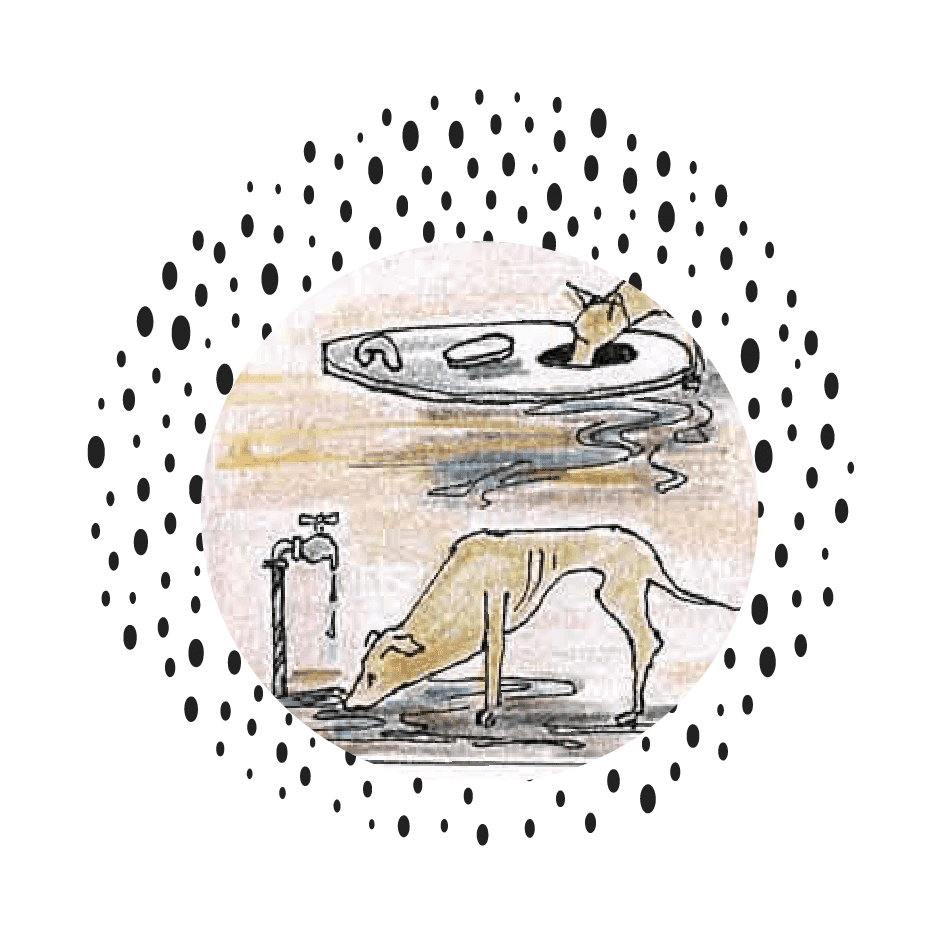
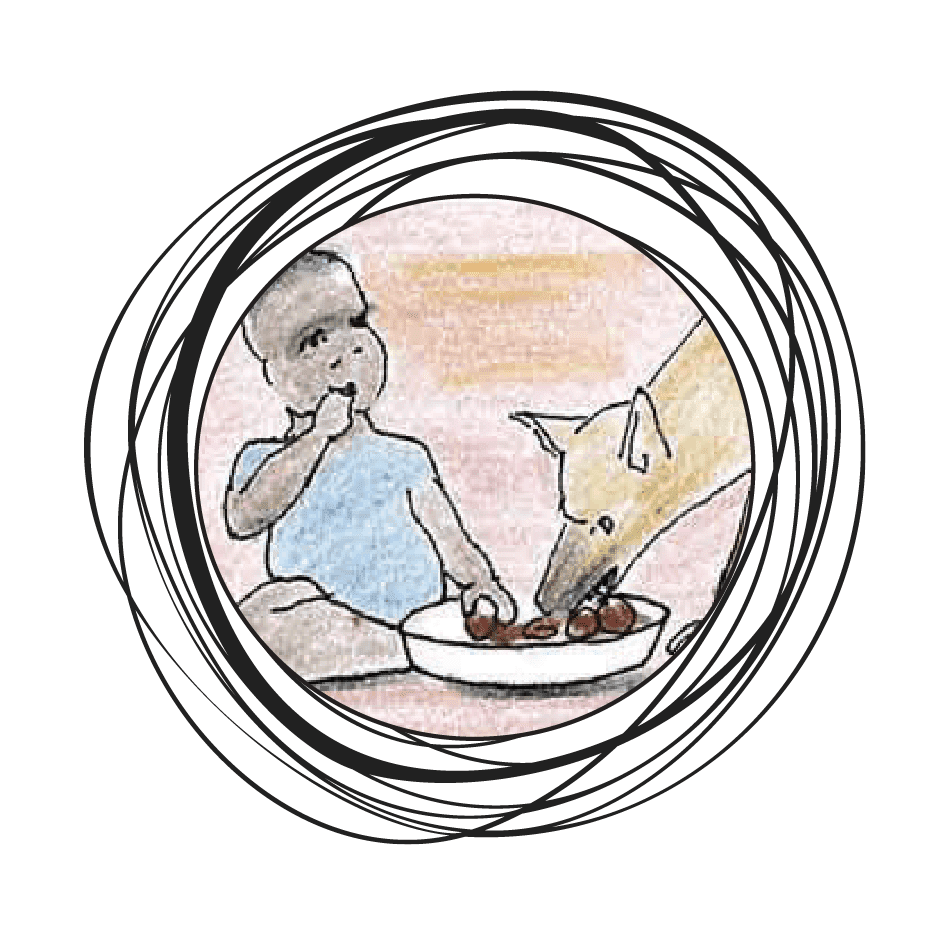
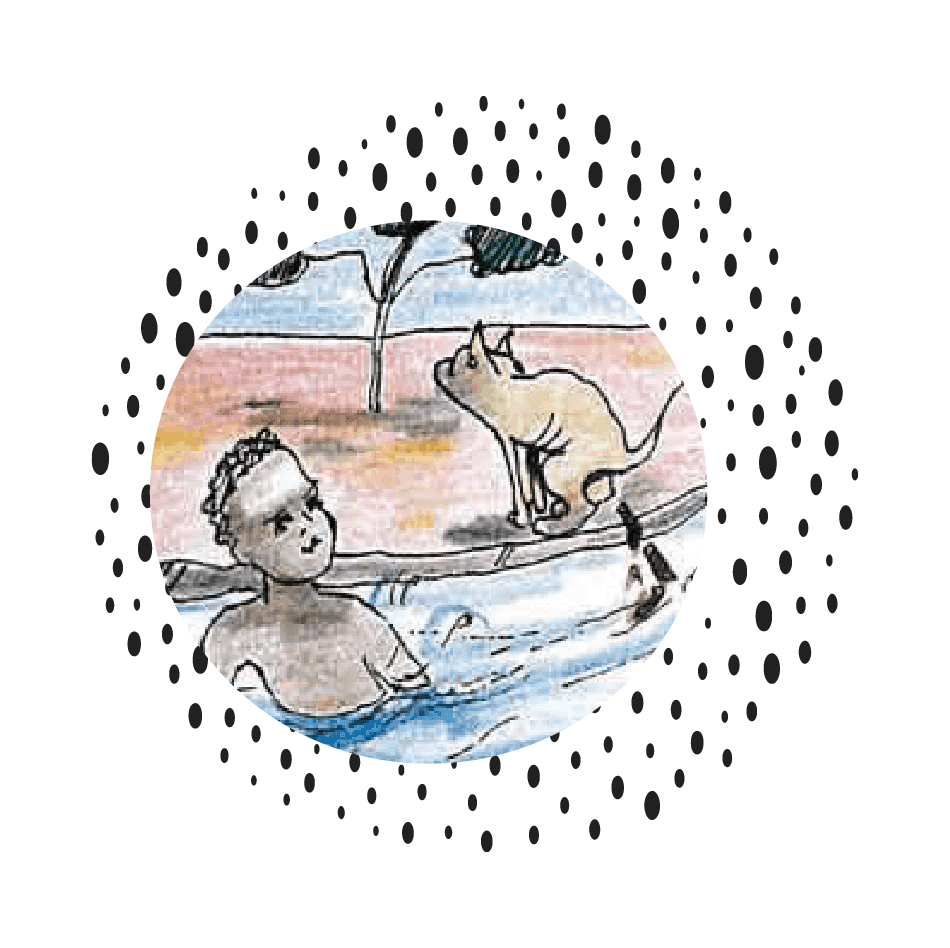
Germs that cause diarrhoea
Diarrhoea is a big problem for people and dogs in many communities.
Most diarrhoea that people in communities get will be from other people and not from dogs.
Most diarrhoea that dogs in communities get will also be from other dogs, and not from people.
But some of the germs that give people diarrhoea can also be found in animals.
These are called zoonotic diarrhoea germs. ‘Zoonotic’ means a type of disease that passes from animals to people.
Viruses, bacteria and protozoa can all cause diarrhoea.
This chapter focuses on diarrhoea caused by bacteria and protozoa.
Parasitic worms can also cause diarrhoea – more information on worms can be found here.
An important part of your job as an EHP is to look at all the places diarrhoea germs might be found.
Dogs can be a reservoir of infection for some diarrhoea germs that can make people sick.
Vets, health clinics, Universities and EHPs are always doing research to work out what diarrhoea germs can spread between dogs and people. We are finding out new information all the time!
At this stage we have seen examples of a number of bacteria and protozoa being passed between pets and people, causing diarrhoea.
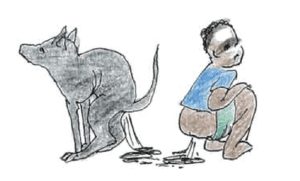
Some of the diarrhoea causing germs that can pass from animals are listed below:
How do people and pets get Salmonella?
People and pets can get Salmonella from:
-
- Meat that is not well cooked.
Some meat is more likely to have Salmonella in it.
Salmonella can be found in meat from kangaroos, birds and reptiles like snakes, turtle and goanna. These meats need to be cooked on high heat and all the way through.
-
- Meat that is not kept safe
Salmonella can get onto meat from people’s hands, flies and cockroaches or from dog’s tongues.
Once it’s on meat, Salmonella can breed up if the meat is left in the warm air for too long.
To stop Salmonella from breeding up, meat should be cooked straight away or kept in the fridge.
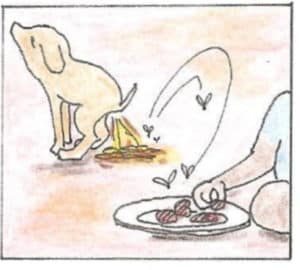
-
- Rotten rubbish in bins or on the ground
Salmonella breeds up in rotting food or meat. The bacteria can then be spread from the rubbish to food and mouths by cockroaches, flies or animals.
-
- Vomit or faeces from people or animals that have Salmonella in their gut
If a person or pet is sick from Salmonella, their vomit and diarrhoea will have millions of bacteria in it.
These bacteria can build up in the yard and around toilet areas.
-
- Birds and reptiles
Birds and reptiles like snakes, turtles and goannas often carry Salmonella on their skin.
The Salmonella doesn’t make the birds or reptiles sick but it can still be passed to people and dogs.
To make sure people do not get Salmonella from birds and reptiles, they should:
– cook these animals very well
– wash their hands after handling these animals.
Preventing Salmonella
EHPs and animal owners can stop their pets being a reservoir of Salmonella infection by making sure:
-
- pet dog and cat immune systems are strong, by feeding well and worming regularly
- pets cannot eat human faeces
- pets have fresh food and water, and are not eating rotten food or carcasses
- people wash their hands after handling animals or faeces
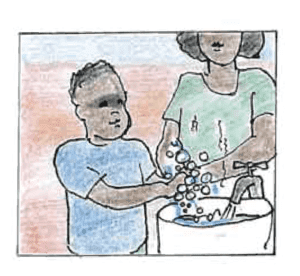
Campylobacter species.
Campylobacter are bacteria that can cause diarrhoea in people and animals.
It is a common cause of diarrhoea in children in communities.
Bad infections can cause serious illness or even death.
Many Campylobacter infections are from animals and people eating contaminated food. But Campylobacter can also spread directly from pets to people.
Healthy animals can carry Campylobacter bacteria. In one study, Campylobacter was found in 50% of healthy dogs and cats sampled.
Campylobacter is usually found in puppies and kittens, rather than adult animals.
It is also more common in animals and people with a weak immune system.
How do people and pets get Campylobacter?
People and pets can get Campylobacter from:
-
- Meat that is undercooked.
Chicken is a very common source of Campylobacter, but any carcass that is contaminated with faeces at slaughter can be a source of Campylobacter.
All meat should be cooked on high heat and all the way through.
-
- Vomit or faeces from people or animals that have Campylobacter in their gut
If a person or pet is sick from Campylobacter, their vomit and diarrhoea will have millions of bacteria in it.
These bacteria can build up in yards and around toilet areas.
Preventing Campylobacter
EHPs and animal owners can stop their pets being a reservoir of Campylobacter infection by making sure:
-
- pet dog and cat immune systems are strong, by feeding well and worming regularly
- pets cannot eat human faeces
- pets have fresh food and water, and are not eating rotten food or carcasses
- people wash their hands after handling animals or faeces
- animals that are going to be eater are slaughtered with good hygiene so that faeces doesn’t contaminate the meat
Giardia species
Giardia are protozoan germs that can cause diarrhoea, gut cramps, weight loss and stunted growth in both people and animals.
Bad infections can cause serious illness or even death.
Giardia is a common cause of diarrhoea in children in communities.
Giardia can be in the gut of people or dogs and cats without making them sick, especially if they have a strong immune system.
If a person or dog has a weak immune system, Giardia can make them very sick.
How do people and pets get Giardia?
People and pets can get Giardia from:
-
- Faeces from people or animals that have Giardia in their gut
If a person or pet is sick from Giardia, their diarrhoea will have lots of the protozoa in it.
These protozoa can build up in yards and around toilet areas.
-
- Drinking dirty water
Giardia can live in water supplies, especially if they are not good quality.
Giardia can also live in wet or swampy areas in yards.
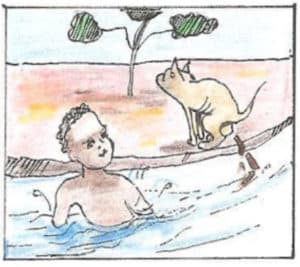
Preventing Giardia
EHPs and animal owners can stop their pets being a reservoir of Giardia infection by making sure:
-
- pet dog and cat immune systems are strong, by feeding well and worming regularly
- pets cannot eat human faeces
- pets have clean and fresh water
- people wash their hands after handling animals or faeces
- people keep their yard clean and fix broken plumbing or leaky taps
Cryptosporidium species are protozoan germs that can cause diarrhoea, vomiting and gut cramps in both people and animals.
Bad infections can cause serious illness or even death.
Cryptosporidium can be in the gut of people or dogs and cats without making them sick, especially if they have a strong immune system.
If a person or dog has a weak immune system, Cryptosporidium can make them very sick.
How do people and pets get Cryptosporidium?
People and pets can get Cryptosporidium from:
-
- Drinking dirty water
Cryptosporidium can live in water supplies, especially if they are not good quality.
Cryptosporidium can also live in wet or swampy areas in yards.
-
- Getting Cryptosporidium germs in their mouths
As well as in water, Cryptosporidium can be found in soil, food or surfaces that have been in contact with faeces from an infected animal or person.
Raw fruit and vegetables can even have Cryptosporidium on their surface.
-
- Faeces from people or animals that have Cryptosporidium in their gut
If a person or pet is sick from Cryptosporidium, their diarrhoea will have lots of the protozoa in it.
These protozoa can build up in yards and around toilet areas.
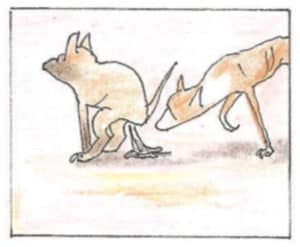
Preventing Cryptosporidium
EHPs and animal owners can stop their pets being a reservoir of Cryptosporidium infection by making sure:
-
- pet dog and cat immune systems are strong, by feeding well and worming regularly
- pets cannot eat human faeces
- pets have clean and fresh water
- people wash their hands after handling animals or faeces
- people keep their yard clean and fix broken plumbing or leaky taps
- people wash raw fruit and vegetable before they eat them
There may also be more diarrhoea germs that people and dogs share; more research is needed.
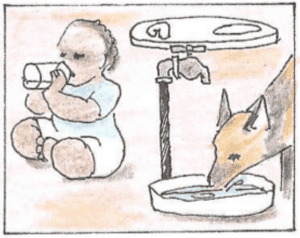
Testing for diarrhoea germs
To know what germ is causing diarrhoea in people or dogs a fresh sample of faeces can be sent into the lab in town.
In the lab they do lots of tests on the faeces. They might look at the faeces under a microscope, grow the bacteria on a culture plate, or use genetic testing to work out which germ is causing the diarrhoea.
In many communities it can be hard to get these fresh samples sent into town. Clinics often treat diarrhoea in people without finding out what germ is the cause.
Because lab testing costs money, vets and EHPs running animal health and management programs almost never send faecal samples to the lab for dog diarrhoea.
This means we often do not know what is causing the diarrhoea in dogs or in people.
You can talk to AMRRIC, your clinics and vets if diarrhoea is a problem in your community and you want to learn more about which germ might be causing it.
Working with the clinic
Some EHPs attend monthly meetings with the health clinic.
In these meetings the EHP can find out what germs are causing diarrhoea in people in their community.
If the clinic is seeing a lot of Salmonella, Campylobacter, Giardia or Cryptosporidium the EHP should think about pets too.
As the EHP, you can make a difference by:
-
- Raising awareness in the community about pets sharing diarrhoea germs with people.
- Reminding dog and cat owners that all diarrhoea and nappies need to be picked up and kept away from their pets.
- Working with the vet to test dog or cat poo to see if they are carrying the same diarrhoea germs as people.
- Working with the health clinic to trace some of the sources of the diarrhoea germs.
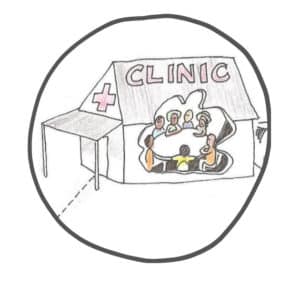
Clinic staff are not allowed to talk to the EHP or the vet about people they are treating, so if the EHP and vet want to do some tracing of diarrhoea, the clinic patients will need to sign a form to give the clinic their permission to allow the EHP and vet to be involved. If it is a child with diarrhoea, the child’s parent or guardian will need to sign a form to allow the EHP to see the child’s file.
Click here to download a poster that talks about stopping dogs and people sharing diarrhoea germs.